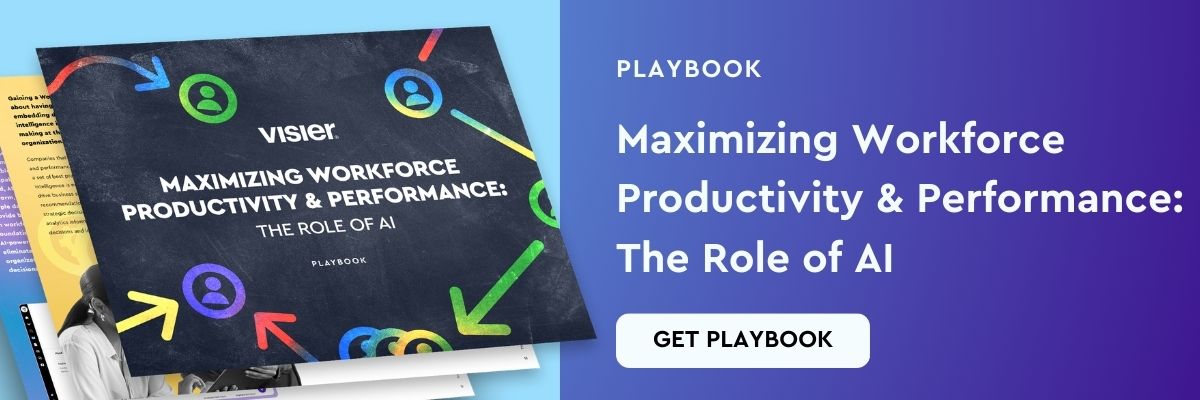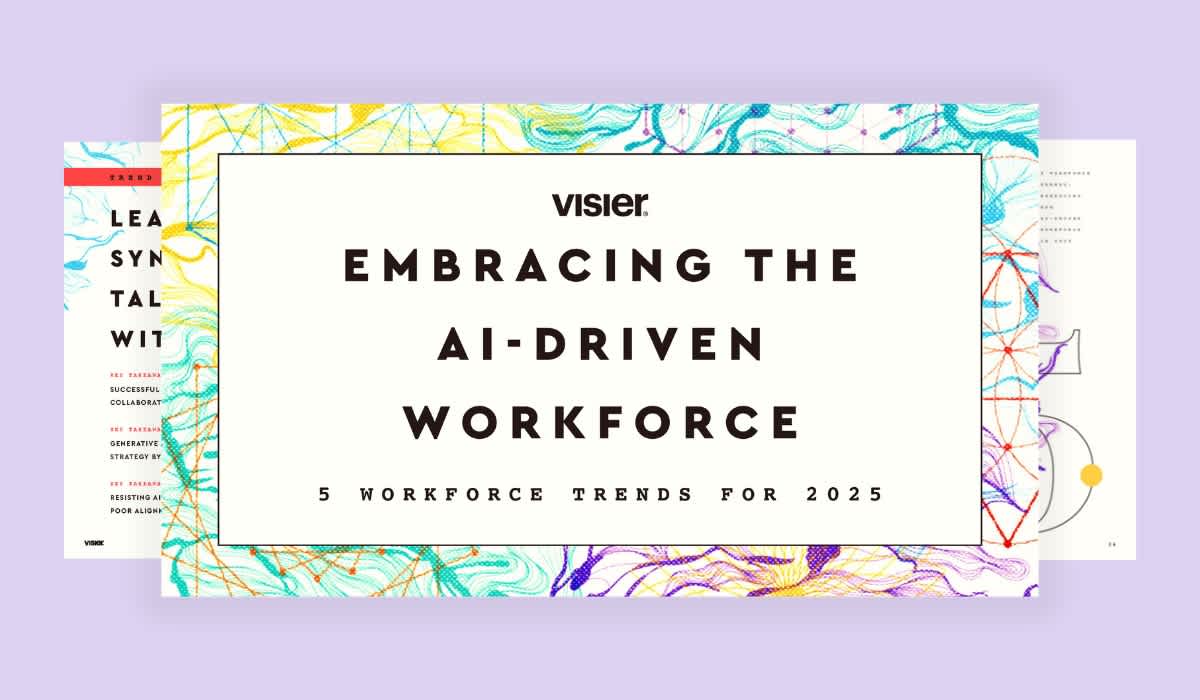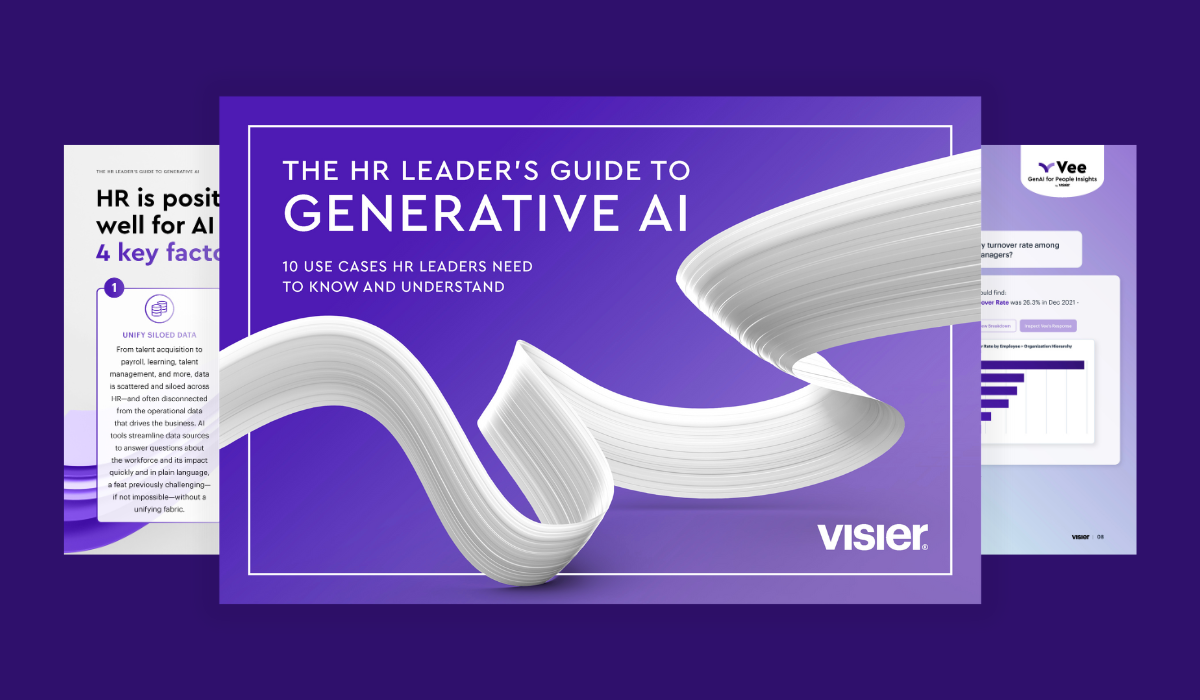HR Effectiveness: What It Is, and How To Measure It
Measuring HR effectiveness means taking an active role in assessing and improving your human resource department. Read this guide to learn more.

Productivity, performance, and reaching business goals are any company’s objectives. Employees are key to all that.
But before you start thinking about them, there’s another, more critical stakeholder: your human resources department. HR effectiveness is the essential driver of all the processes in your organization. Let’s explore how it can make or break employee happiness and engagement, talent acquisition, and much more.

What is HR effectiveness?
HR effectiveness refers to how the HR department can attain its goals and deliver results to the company as a whole. Simply put, it measures how well the HR department functions and if it’s effective.
While the HR aspect of the term is quite broad, it reunites different aspects of HR operations—from the talent acquisition process to employee satisfaction, engagement, attrition, and more.
This also reflects the continuous transformation HR is going through as many CHROs are still stuck in an "inside-out" approach. This limits HR’s alignment with business goals. By adopting an "outside-in" approach, CHROs can start with business challenges and work backward using people and business data to deliver results.
This shift is critical as employees represent the most significant financial investment companies make, and the challenges of burnout, talent scarcity, and industry disruption are more pressing than ever. However, many CHROs struggle with gaining influence in the C-suite. This "seat-at-the-table" problem persists because HR is often seen as insular, using specialized language and focusing on internal processes instead of directly addressing business needs.
By transforming the HR operating model to align more closely with business goals, CHROs can build authority and demonstrate HR’s vital role in driving strategic outcomes.
Why should you measure HR effectiveness?
The HR function represents an organization’s people. When it is ineffective, you’re at risk of hiring the wrong people and losing valuable employees. You might even waste resources on strategies and activities that don’t matter to the bottom line. Measuring HR effectiveness can prevent this and help your organization in a couple of actionable ways:
1. Ensure effective resource allocation
You don’t want to spend your time and money on anything that doesn’t help your business. You might assume that once you’ve invested more in the hiring process, you’ll definitely get the best talent out there. Instead, you want an effective hiring process (regardless of costs), one whose impact can only be proved with proper data in place.
Measuring HR effectiveness through real-time workforce analytics will help you spot such inefficiencies. For instance:
You can see which HR activities are currently delivering the most value
You can better prioritize resource allocation to profitable strategies
You can identify patterns and trends in employee turnover so you can take proactive steps to address underlying issues
You can see if your learning and development efforts are worth it or need a revamp
2. Understand the impact and overall value of HR
Have you ever wondered just how much HR impacts your organization? Measuring HR effectiveness provides a clear view of its value and its contribution to the organization. It’s also the best way to measure HR performance and find the strengths but also the areas that could use a little improvement.
One of the most powerful and modern tools for measuring HR effectiveness is predictive analytics. By leveraging historical data and identifying trends, predictive models help HR departments forecast outcomes like turnover rates, employee engagement, and the success of talent acquisition efforts. This foresight enables proactive action and resource allocation to mitigate challenges before they escalate.
3. Inform workforce planning
Once you understand the impact your human resources department has on your organization, you can use that knowledge to prepare your workforce for the future.
Use data to understand the effectiveness of different workforce configurations (e.g. full-time employees, part-time workers, contractors, or remote staff). HR analytics can also help you track diversity metrics and assess how well your recruitment and retention strategies are supporting an inclusive workforce.
And what about looking at the future? Implement workforce budgeting and planning tools to predict future workforce needs based on trends like business growth, retirements, and market changes.
How to measure HR effectiveness?
To measure HR effectiveness, you’ll need to look at some key performance indicators (KPIs). The exact KPIs you choose might vary slightly depending on your goals and your company. For instance, a larger company could include internal mobility among these KPIs. But these numbers could mean little for a small start-up that has only been in business for a few years.
Key indicators of HR effectiveness include, but are not limited to:
Employee satisfaction
Time-to-hire
Turnover rates
Diversity and inclusion metrics
Measuring HR effectiveness goes beyond general, standard HR metrics. You’ll find plenty of untapped opportunities when you equip all managers with people analytics insights. That’s because most of them currently lack the skills to draw meaningful conclusions from the data. This makes it virtually impossible for them to drive better employee engagement rates and increase performance.
As the saying goes: “Data, data everywhere, but not a thought to think.” You need to bring your leaders closer to people data and make the latter easier to use. Giving managers the insights they need allows them to make data-driven decisions that directly improve team performance and engagement.
The next evolution in people analytics lies in providing actionable data and insights directly to people managers, enabling them to make smarter, data-driven decisions at the ground level. Research by Visier reveals that mature technology-adopting organizations see immense benefits from this approach, with potential cost savings of nearly $400 million and revenue expansion of $200 million for an organization with 10,000 employees.
Democratizing people data means organizations can realize significantly more value and improve HR effectiveness. Once data is accessible and easy to understand, you’re well on your way to understanding exactly where you can save on costs and make your processes more effective.

7 metrics to measure HR effectiveness
Measuring HR effectiveness can boost your company’s overall productivity and performance, and help you save costs. For that, you’ll need to look at various metrics.
How you choose them depends entirely on your goals. Are you interested in a specific sector, such as reducing turnover rates? Then you’ll need to select the metrics that show what could drive people to leave, or, on the contrary, convince them to stay.
Do you want a broad look at HR effectiveness? Then you’ll probably want to look at as many metrics as possible. Here are seven metrics that will guide you when measuring HR effectiveness.
1. Employee engagement
Engaged employees are more efficient and effective at what they do. Plus, their turnover and absenteeism rates are significantly lower, according to a Gallup study.
That’s why the engagement rate is essential when measuring HR effectiveness. If something is not right in this area, the HR department needs to get to work quickly.
To measure engagement, start with surveys (anonymous or not) to get a clear picture of how your employees truly feel at work and with regards to you as an employer.
One-on-one meetings and exit interviews can be helpful tools as well. It’s important to sit down with your team even when they’re unhappy or ready to leave to take advantage of the moment and ask them to share their thoughts.
2. Turnover rates
This metric shows you the rate at which employees are leaving the company. It’s good to keep an eye on both voluntary and involuntary turnover to see the real values behind HR effectiveness.
There isn’t a universal turnover rate—it varies by industry. For instance, the standard benchmark turnover rate for call centers will be different from the standard for software companies.
Turnover reduction initiatives can lead to a 20% reduction in workforce expenses, equating to $122 million in annual savings.
3. Employee net promoter score
How likely are your current employees to recommend the company to their friends as a great place to work? The employee net promoter score (eNPS) measures how satisfied employees are with every aspect of their jobs and the company.
Once you have these results, HR can take steps to analyze why certain employees are unhappy and how they should tackle the issue. Similarly, if there are no such issues, you’ll know you’re on the right track and can create a clear path forward to maintain the positive trend.
4. Absenteeism
Absenteeism often goes hand in hand with low engagement and low eNPS, but sometimes the three might not be connected.
When analyzing this metric, you’ll also want to view the general context. One person having a sudden absenteeism rate could signal the start of an issue within a department. But it could also result from personal issues that have nothing to do with the organization.
On the other hand, if you notice growing absenteeism rates for multiple employees in a department or across the company, you can assume the issue concerns the entire organization.
This type of increase in absenteeism often comes right before voluntary attrition increases and signals an emergency that calls for a quick action plan. HR comes in at this point to find the cause, correct it as soon as possible, and even predict similar future scenarios.
5. Cost per hire
The cost per hire shows you the average cost of each new hire. Talent acquisition can be a very expensive process, consuming both time and money, so creating an effective program is crucial.
Optimizing the labor mix, including contingent and full-time employees, can reduce labor expenses by 10–15%, potentially saving $100 million annually for a 10,000-employee organization.
Measuring the cost per hire will give you so much more than an overview of HR effectiveness. It can also help:
Improve the talent acquisition process
Reduce costs and time to hire
Attract the best candidates
6. Internal mobility rate
Internal mobility rate shows how many employees are moving to different positions within the company. It can be useful to track alongside turnover rates. For instance, if you have a turnover rate of 10% and an internal mobility rate of 7%, you’re filling most empty positions with existing employees.
A high internal mobility rate shows you have a good succession plan and that you invest in efficient learning and development programs. You help employees create well-defined career paths, and offer them opportunities to grow.
One thing to note, though, is that this metric is more valuable to large companies than to smaller ones. The larger the company, the higher the internal mobility rates can be. Smaller companies can’t offer the same internal mobility opportunities regardless of how effective their HR department is.
7. HR tech ROI
The datafication of HR is in full swing everywhere and with it comes an investment in various HR technologies aimed at boosting productivity and performance.
To correctly assess this metric, you’ll first need to get clear on your goals. Why did you invest in HR technology? What goals were you hoping to achieve?
Compare the current metrics to the ones before you acquired the new technology. Do you see progress? Did you reach your goals or are you close enough to say the expenses were worth it?
Visier Workforce AI Edge delivers measurable ROI by transforming raw HR data into actionable insights. Organizations leveraging its predictive capabilities see a tangible boost in employee engagement and a reduction in costly turnover rates.

The bottom line
HR effectiveness impacts every sector of your business. An effective HR boosts productivity and performance, and it can help you attract and retain top talent.
Because HR covers so many sectors and layers in the company, you’ll need to track several metrics to measure it correctly. Things like engagement, turnover rates, cost per hire, or HR tech ROI will provide a clear picture of how much value HR is providing to the organization. They will also show you how you can improve HR effectiveness to drive change where it matters most.
The future of work demands an efficient, predictive people analytics approach to drive organizational growth. Limiting people data to HR leaves untapped business value on the table.



